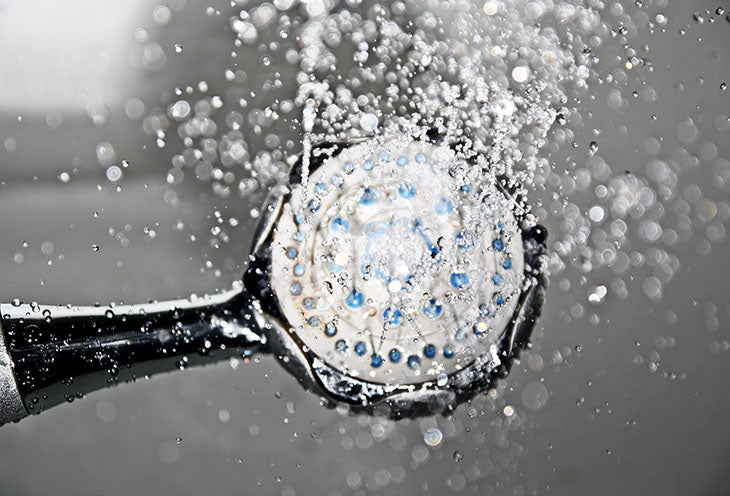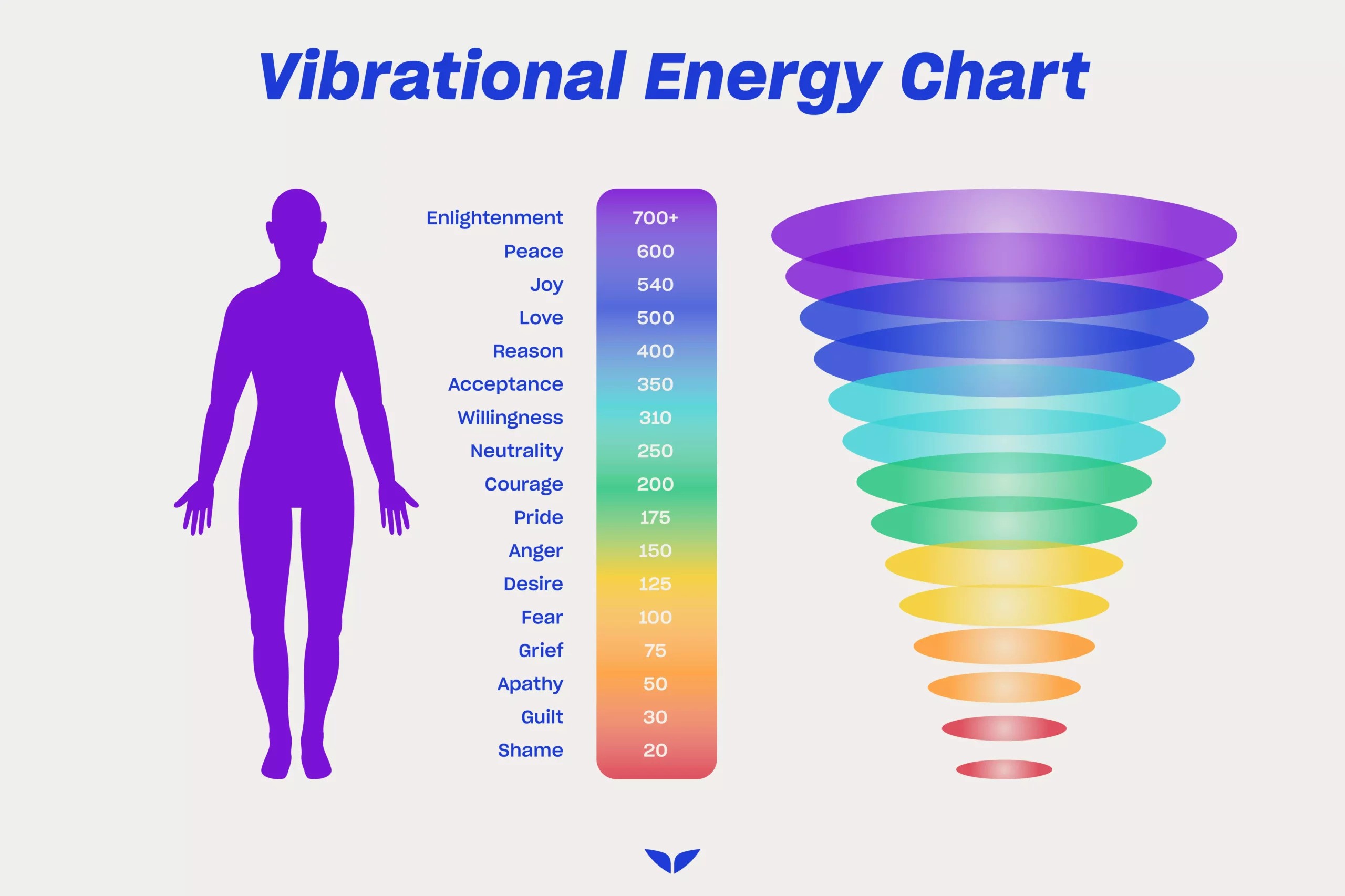How To Do Meditation In Bathroom And Its Benefits
Bringing meditation practice into the bathroom is a terrific way to start incorporating mindfulness into your entire day, rather than simply the minutes you spend sitting on a cushion in formal meditation. We discuss mindfulness in a variety of contexts, from walking to eating to driving to conversing. It's also critical to be careful when using the restroom.
Meditation is an excellent stress reliever that, with consistent practice, can lead to enhanced inner serenity, happiness, and well-being. However, as with many healthy practices, we frequently lack the time to implement them.
Fortunately, there are numerous ways to meditate. Bathtub meditation is a relaxing practice. Bath meditation blends traditional meditation with the soothing, peaceful environment of a hot, relaxing bath. Hot baths have been found in studies to be just as helpful as physical exercise in treating depression.
Bathtub Meditation
What better way to unwind and center yourself than among bubbles and warm water? When doing bathtub meditation, it's normal to go into a profound concentration. Add a few drops of your favorite essential oils and relax in self-care.
Take advantage of these opportunities to relax and float in the warm water. Leave your phone in another room, or even better, turn it off!
Begin with a head-to-toe body scan, monitoring any bodily feelings with compassion and without judgment. Pay attention to both internal and exterior sensations. Take note of any regions that seem tight, uncomfortable, or painful, as well as those that feel light, free, and healthy. Allow your ideas and emotions to come and go without becoming caught up in any one train of thought.
Send love and compassion to your skin, organs, and cells while you wash your hair and body. Consider the soap to be detoxifying your entire being. Allow the soap to be washed away by the water. Visualize a beloved natural body of water and send love, gratitude, and healing light to all of the Earth's waterways – every ocean, sea, river, stream, lake, and pond, many of which are contaminated and require greater care from humanity.
More ways to practice meditation in the bathtub
- Choose a mantra or affirmation to repeat to yourself if you are not using a guided meditation.
- Concentrate on your breathing and body feelings.
- Take note of how the water feels on your skin, the warmth that seeps into your muscles, and the sound of your breath.
- If you find your thoughts straying or thinking about daily life, gently bring it back to the present moment.
- Sit up and take a few deep breaths when you're finished. Take note of how your body feels calm and revitalized. Exhale any remaining tension and pause to consider what you're grateful for in your life.
Bathtub meditation is an excellent method to include meditation into a hectic life. Don't put too much pressure on yourself to feel or perform in a certain manner. Breathe deeply, concentrate on the present moment, and enjoy the bath experience.
Shower Meditation

We don't always have the luxury of a long soak in the tub. Even splashing water on your face triggers what scientists call the mammalian diving response. Because the body believes it is going for a swim underwater, the heart rate decreases, resulting in a sense of tranquility.
Take advantage of your shower time to execute a brief contemplative routine. Incorporate mindfulness into the experience. Feel grateful that you live in a house with a bathroom and hot water on demand. This is something we frequently take for granted, despite the fact that millions of people throughout the world do not have simple access to clean water for showering, let alone drinking.
When you step out of the shower to dry yourself, take three deep breaths and send love to yourself, all beings, and Mother Earth before continuing with your day.
Other Types Of Meditations You Can Practice in the Bath
Bath time is the ideal time to try these out:
1. Meditation for mindfulness. The practice of mindfulness entails focusing on the present moment and being aware of your thoughts and experiences without judgment.
2. Meditation with a guide. You can either listen to a recorded meditation or have someone guide you through it. If you are new to meditating or have difficulty focusing, this can be beneficial.
3. Meditation on loving-kindness. This style of meditation entails sending loving and pleasant thoughts to yourself and others. This is an excellent approach to boosting sentiments of compassion and connection.
4. Meditation through visualization. You focus on a positive image or scene in this style of meditation. This can aid in relaxation and well-being.
5. Meditation using a body scan. From your toes to your head, this bathtub meditation focuses on each aspect of your body. This might assist you in becoming more aware of your body and any tension you may be carrying.
You can combine these meditations, practice mindfulness with each one, or choose whichever one speaks to you the most. What matters is your inner peace.
Benefits of bath meditation practice
Meditation can be a wonderful approach to calm and center oneself if you're anxious and short on time in general. One minor issue: Making time to meditate can be challenging. The shower, however, is a naturally private and calming part of your day that can be the ideal opportunity to attempt mindfulness meditation.
Why not utilize shower time to get clean and engage in mindfulness since having a shower and meditating are both peaceful, mood-enhancing activities during the day? In light of this reasoning, clinical psychologist Shauna Shapiro, Ph.D., suggests combining these two relaxing self-care practices.
According to studies, the following standard advantages exist:
- A warm bath can help to promote heart health.
- Hot baths can assist in lowering blood pressure.
- Hot baths can aid in the improvement of cognitive function and mental well-being.
Your parasympathetic nervous system and a warm bath
Bath meditation can also aid to engage your parasympathetic nervous system. This component of your nerve system aids your body's digestion and slumber. When you meditate, your body activates your parasympathetic nervous system, causing you to feel more relaxed.
If you are new, you should get professional medical guidance. A doctor or therapist can help you understand the benefits and hazards, as well as provide advice on how to get started.
You really are alone.
According to Shapiro, there are several reasons why beginning a meditation practice in the shower is the best option. It's a period when you're by yourself and without interruptions, she explains. It's the ideal time to clear your thoughts if, for example, you have little children who never leave your side or even if you find yourself really busy and rushing around all day.
You use all of your senses.
Shapiro also mentions the shower's 360 sensory experience, which is an important aspect of mindfulness (yes, even taste—difficult it's to resist getting water in your mouth). According to Shapiro, acute use of the five senses "helps bring you into the present moment."
You have time to meditate if you have time to shower.
People frequently cite a lack of time as a reason for not practicing meditation. A shower meditation, on the other hand, may (ideally) fit into your routine regardless of how much time you have. Whether your shower lasts three or fifteen minutes, Shapiro recommends "focusing your attention on the present moment with an attitude of love and inquiry." Consider what motivates you to start a mindfulness practice to help you focus. "It could be to reduce stress or to gain clarity and tranquility," Shapiro explains.
Cold, Warm, or Hot Meditation
Now that you've covered the fundamentals, let's speak about temperature. Some people argue that cold, warm, or hot water is better for meditation.
Some say that cold water is more stimulating and can boost awareness. Shower meditation is frequently performed in cold water for this reason. Others claim that warm water is more calming and can aid in stress reduction. Finally, some individuals believe that hot water is the greatest for relaxing and increasing circulation.
In a dispute over cold, warm, or hot water, there is no right or wrong response. It all boils down to what works best for you. If this is your first time, you might want to start with warm or hot water and see how you feel.
Bath Meditations Around The World
Bath meditation has been practiced for millennia. The ancient Romans were known to like bathing in hot baths, and they even erected public bathhouses to accommodate this. Onsens, or Japanese baths, are well-known and extend back thousands of years.
Onsens are still popular in Japan, and many visitors come particularly to relax in the country's natural hot springs. Some onsens are even exclusively for women or males. Other countries, such as Finland, Hungary, and Russia, have traditionally used baths for relaxation and meditation.
If you're a frequent traveler, you can combine your love of meditation with your wanderlust by seeking out baths all around the world. You can meditate in an infrared sauna in Reykjavik, Iceland, or in a natural hot spring in Banff, Canada, for example.
Bath meditation does not always have to revolve around water. A sort of bath known as an ayurvedic abhyanga is commonly utilized for medical purposes in India. Abhyanga is a heated oil massage that improves circulation, lymphatic drainage, and joint function.



